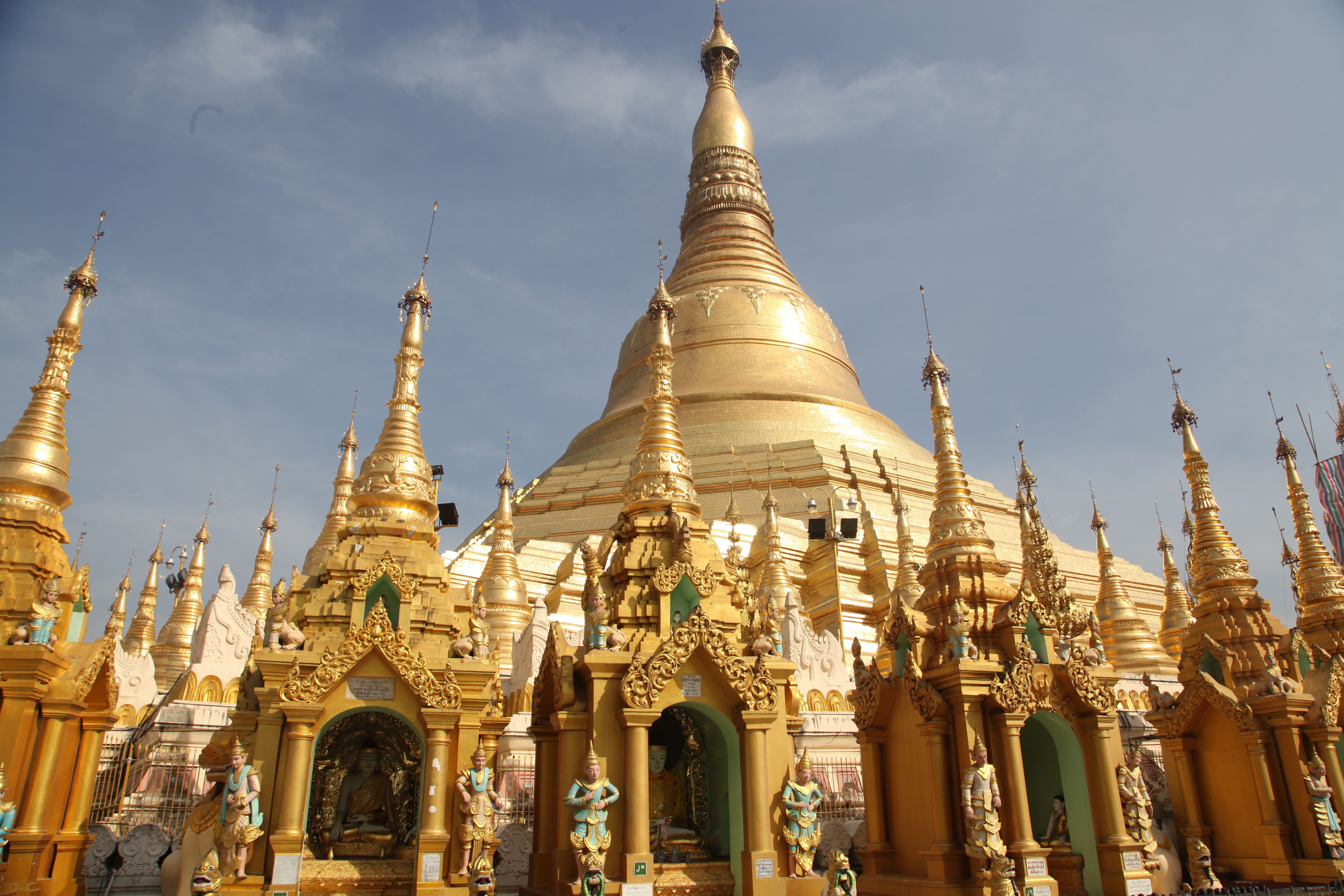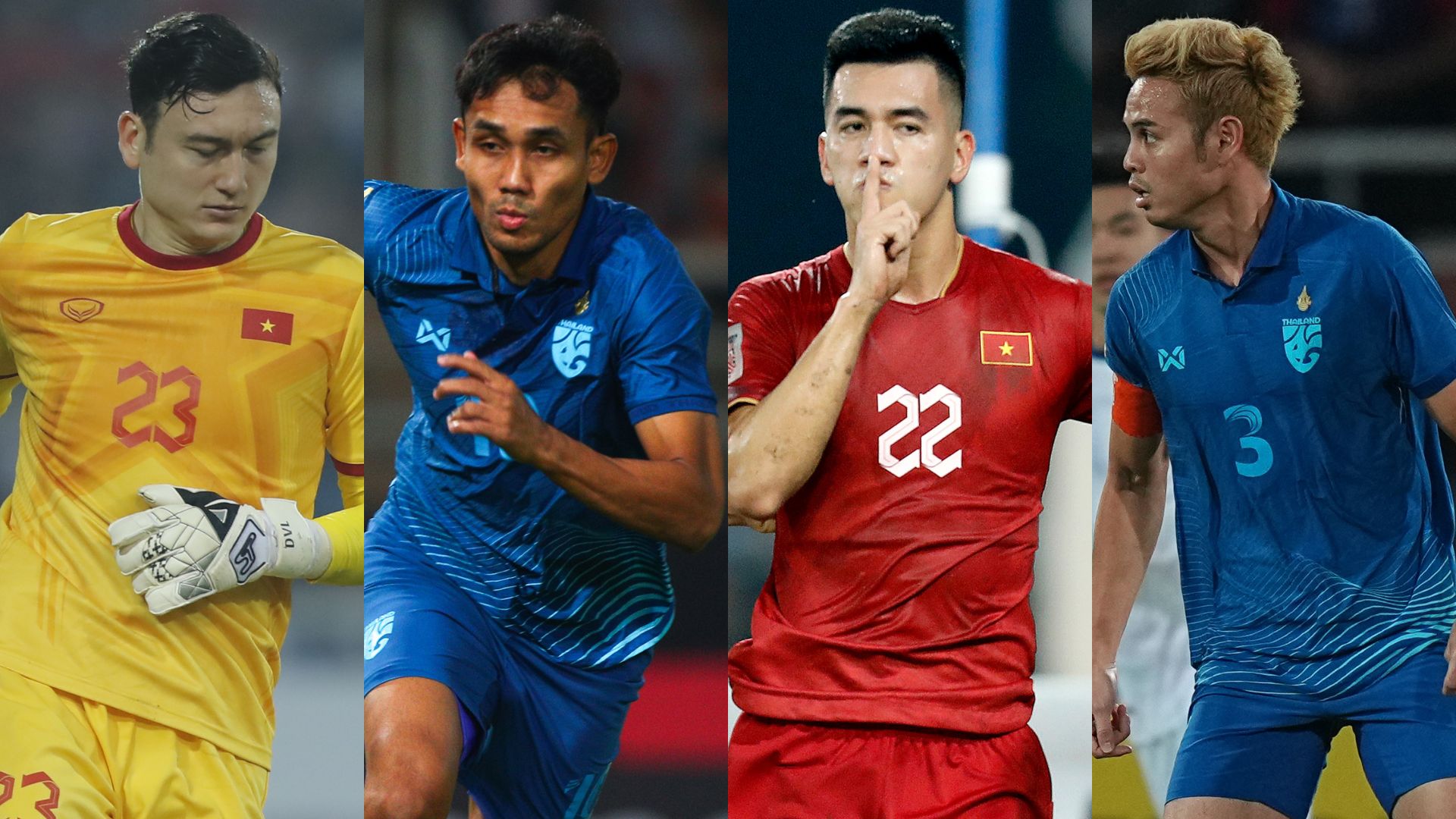AFF Suzuki Cup venue guide: Yangon

Having co-hosted the previous edition, all the thrills and excitement of the AFF Suzuki Cup will once again be heading to Myanmar under the new home and away group stage format.
With matches split between Yangon and Naypyidaw in 2016 this time around Mandalay will join Yangon as host venues and it’s the former capital that we focus on today in the latest of our guide to the venue series.

Blessed with some glittering cultural attractions, a wide range of cuisine from all corners of the multi layered nation and a powerhouse local club side, Yangon is the perfect location for fans wanting to experience both the excitement of the region’s leading tournament as well as a lively window into a fascinating nation.
City: Yangon
Population: 7.4 million
Currency: Kyat (1MMK = 0.00064 USD)
Stadium: Thuwunna Stadium
Local clubs: Yangon United, Dagon FC
With Myanmar tipped as a strong contender to progress from Group A, the hope is that there will be plenty of matches to be seen in Yangon before the AFF Suzuki Cup concludes in mid-December, but for now the headline clash between the White Angels and Vietnam is the lone encounter set for the Thuwunna Stadium.

That was also the location two years as the same pair clashed in what was the first ever AFF Suzuki Cup match hosted in the country and on that occasion there was a full house at the atmospheric venue as a star-studded Vietnam side needed a late goal to secure a 2-1 win.
The colour and noise of the Myanmar fans garnered attention right across Southeast Asia as they recovered from that loss to reach the semi-finals for just the second time and for any fans set to make the journey for the current edition they’re sure to be greeted with warmth and a passion for football.
What to do: There’s no doubt what the main attraction in Yangon is and that’s the spectacular Shwedagon Pagoda complex – a towering structure tipped with a gold leaf and adorned with diamonds and rubies.

A sacred Buddhist site, it’s one of the most inspiring structures anywhere in Southeast Asia but it’s not the only monument worth visiting, with the smaller Sule Pagoda and the famed reclining Buddha at the Chauk Htat Gyi Pagoda also well worth a visit whilst for local market activity Bogyoke is a hub of activity.
What to eat: Mohinga – In a nation as diverse and rich in cuisine as Myanmar you could spend weeks sampling new dishes and still have plenty of options to choose from (see below for more choices) but one of the more ubiquitous choices is surely Mohinga.

A fish soup with rice noodles and a wide range of toppings it’s often considered the national dish and has moved from being more commonly associated as a breakfast item to now being consumed throughout the day.
Useful phrases: With English being quite limited in Yangon, learning a few simple greetings will certainly impress the locals and the basics will surely be appreciated wherever you go, so a simple thankyou (jezu tin ba deh) or hello (mingalaba) should go a long way.
Where to watch the other games: Whilst there are a collection of bars and cafes throughout the city where you’ll find the games on television perhaps the most atmospheric way to take in all the AFF Suzuki Cup action is to join the locals at one of the hundreds of street side food stalls where you’ll often find a small TV and a crowd of enthusiastic football fans closely following all the action.

Where to stay: With tourism only really picking up in the last decade or so, accommodation is far more spread out in Yangon than in many other major Southeast Asian cities and whilst many people prefer to be close to Shwedagon in the western part of the city there are plenty of more budget friendly options in the downtown area.
Stadium access: Traffic in Yangon can be quite congested at the best of times and on matchdays that’s even more so the case. With public transport often a challenge for those with limited local language skills your best bet is to take a taxi to the venue which could take upwards of half an hour, so if you’re coming from downtown many find it’s easier to get to the edge of the stadium and then perhaps walk the last kilometre or so to avoid the worst of the traffic.




















